![超弦和M理論導論(第2版) [Introduction to Superstrings and M-Theory 2nd ed]](https://pic.tinynews.org/10256967/30306ea5-9bd4-4383-8ce6-a5e41a156248.jpg)

具體描述
內容簡介
超弦和M理論是現代物理學中有趣活躍的研究課題之一。該問題比較睏難同時也充滿爭議,一些人稱之為“理論”,這是因為超弦理論有可能解決睏擾人們多年的難題,即統一二十世紀偉大的兩個理論:廣義相對論和量子場論。《超弦和M理論導論(第2版)》全麵細緻地講解超弦理論和該領域的新研究進展,內容包括四維超弦,Kac-Moody代數,Teichmuller空間和Calabi-Yau流形,M理論和D膜,對偶和BPS關係,矩陣模型等,可以作為研究生教材,同時對研究人員也有參考價值。作者首先簡要介紹瞭點粒子理論,然後利用費曼路徑積分詳細討論超弦理論。超弦研究需要很多數學工具,書中分彆作瞭介紹,如指標定理,同調論和Kahler流形等。在第二版中,作者對內容做瞭整體修訂,並添加瞭M理論的三個新章節。閱讀《超弦和M理論導論(第2版)》需要量子力學和相對論的基本知識。讀者對象:理論物理、高能物理、場論和弦論等專業的高年級本科生、研究生和相關專業的科研人員。
作者簡介
作者:(美國)加來道雄內頁插圖
目錄
PrefaceAcknowledgments
Ⅰ First Quantization and Path Integrals
1 Path Integrals and Point Particles
1.1 Why Strings?
1.2 Historical Review of Gauge Theory
1.3 Path Integrals and Point Particles
1.4 Relativistic Point Particles
1.5 First and Second Quantization
1.6 Faddeev-Popov Quantization
1.7 Second Quantization
1.8 Harmonic Oscillators
1.9 Currents and Second Quantization
1.10 Summary
References
2 Nambu-Goto Strings
2.1 Bosonic Strings
2.2 Gupta-Bleuler Quantization
2.3 Light Cone Quantization
2.4 BRST Quantization
2.5 Trees
2.6 From Path Integrals to Operators
2.7 Projective Invariance and Twists
2.8 Closed Strings
2.9 Ghost Elimination
2.100 Summary
References
3 Superstrings
3.1 Supersymmetric Point Particles
3.2 Two-Dimensional Supersymmetry
3.3 Trees
3.4 Local Two-Dimensional Supersymmetry
3.5 Quantization
3.6 GSO Projection
3.7 Superstrings
3.8 Light Cone Quantization of the GS Action
3.9 Vertices and Trees
3.10 Summary
References
4 Conformal Field Theory and Kac——Moody Algebras
4.1 Conformal Field Theory
4.2 Superconformal Field Theory
4.3 Spin Fields
4.4 Superconformal Ghosts
4.5 Fermion Vertex
4.6 Spinors and Trees
4.7 Kac-Moody Algebras
4.8 Supersymmetry
4.9 Summary
References
5 Mulfiloops and Teichmuller Spaces
5.1 Unitarity
5.2 Single-Loop Amplitude
5.3 Harmonic Oscillators
5.4 Single-Loop Superstring Amplitudes
5.5 Closed Loops
5.6 Multiloop Amplitudes
5.7 Riemann Surfaces and Teichmiiller Spaces
5.8 Conformal Anomaly
5.9 Superstrings
5.10 Determinants and Singularities
5.11 Moduli Space and Grassmannians
5.12 Summary
References
Ⅱ Second Quantization and the Search for Geometry
6 Light Cone Field Theory
6.1 Why String Field Theory?
6.2 Deriving Point Particle Field Theory
6.3 Light Cone Field Theory
6.4 Interactions
6.5 Neumann Function Method
6.6 Equivalence of the Scattering Amplitudes
6.7 Four-String Interaction
6.8 Superstring Field Theory
6.9 Summary
References
7 BRST Field Theory
7.1 Covariant String Field Theory
7.2 BRST Field Theory
7.3 Gauge Fixing
7.4 Interactions
7.5 Witten's String Field Theory
7.6 Proof of Equivalence
7.7 Closed Strings and Superstrings
7.8 Summary
References
Ⅲ Phenomenology and Model Building
8 Anomalies and the Atiyah-Singer Theorem
8.1 Beyond GUT Phenomenology
8.2 Anomalies and Feynman Diagrams
8.3 Anomalies in the Functional Formalism
8.4 Anomalies and Characteristic Classes
8.5 Dirac Index
8.6 Gravitational and Gauge Anomalies
8.7 Anomaly Cancellation in Strings
8.8 Summary
References
9 Heterotic Strings and Compactification
9.1 Compactification
9.2 The Heterotic String
9.3 Spectrum
9.4 Covariant and Fermionic Formulations
9.5 Trees
9.6 Single-Loop Amplitude
9.7 Es and Kac——Moody Algebras
9.8 Lorentzian Lattices
9.9 Summary
References
10 Calabi——Yau Spaces and Orbifolds
10.1 Calabi-Yau Spaces
10.2 Review of de Rahm Cohomology
10.3 Cohomology and Homology
10.4 K/ihler Manifolds
10.5 Embedding the Spin Connection
10.6 Fermion Generations
10.7 Wilson Lines
10.8 Orbifoids
10.9 Four-Dimensional Superstrings
10.10 Summary
References
Ⅳ M-Theory
11 M-Theory and Duality
11.1 Introduction
11.2 Duality in Physics
11.3 Why Five String Theories?
11.4 T-Duality
11.5 S-Duality
11.5.1 Type IIA Theory
11.5.2 Type IIB Theory
11.5.3 M-Theory and Type IIB Theory
11.5.4 E8 E8 Heterotic String
11.5.5 Type I Strings
11.6 Summary
References
12 Compactifications and BPS States
12.1 BPS States
12.2 Supersymmetry and P-Branes
12.3 Compactification
12.4 Example: D = 6
12.4.1 D = 6, N = (2, 2) Theory
12.4.2 D = 6, N = (1, 1) Theories
12.4.3 M-Theory in D = 7
12.5 Example:D=4, N=2 and D=6, N=1
12.6 Symmetry Enhancement and Tensionless Strings
12.7 F-Theory
12.8 Example: D = 4
12.9 Summary
References
13 Solitons, D-Branes, and Black Holes
13.1 Solitons
13.2 Supermembrane Actions
13.3 Five-Brahe Action
13.4 D-Branes
13.5 D-Brane Actions
13.6 M(atrix) Models and Membranes
13.7 Black Holes
13.8 Summary
13.9 Conclusion
References
Appendix
A.1 A Brief Introduction to Group Theory
A.2 A Brief Introduction to General Relativity
A.3 A Brief Introduction to the Theory of Forms
A.4 A Brief Introduction to Supersymmetry
A.5 A Brief Introduction to Supergravity
A.6 Notation
References
Index
精彩書摘
(1) Because we are dealing with a first quantized theory, we have to take the sum over all interacting topologies that are swept out by the string. For the Nambu——Goto string, the precise nature of these topologies is ambiguous and must be specified by hand. However, for the Polyakov form of the action, which contains an independent metric tensor, we can eliminate most of this ambiguity by specifying that we sum over all conformally and modular in equivalent configurations. (These terms will be defined later.) This will become a powerful constraint once we start to derive loops and will determine the function measure uniquely. The measure and the topologies in the Nambu-Goto action, however, are not well defined. (We must point out, however, that this rule of integrating over in equivalent surfaces does not automatically satisfy unitarity. This still must be checked by hand.)(2) The gauge fixing of weyl invariance for the Polyakov action, although trivial classically, poses problems when we make the transition to quantum mechanics. An anomaly appears when we carefully begin the quantization process. In fact, this conformal anomaly will disappear only in 26
dimensions.
前言/序言
Superstring theory (and its latest formulation, M-theory) has emerged as the most promising candidate for a quantum theory of all known interactions. Superstrings apparently solve a problem that has defied solution for the past50 years, namely the unification of the two great fundamental physical theories of the century, quantum field theory and general relativity. Superstring theory introduces an entirely new physical picture into theoretical physics and a new mathematics that has startled even the mathematicians.Ironically, although superstring theory is supposed to provide a unified field theory of the Universe, the theory itself often seems like a confused jumble of folklore, random rules of thumb, and intuitions. This is because the development of superstring theory has been unlike that of any other theory, such as general relativity, which began with a geometry and an action and later evolved into a quantum theory. Superstring theory, by contrast, has been evolving backward for the past 30 years. It has a bizarre history, beginning with the purely accidental discovery of the quantum theory in 1968 by G. Veneziano and M. Suzuki.
Thumbing through old mathematics books, they stumbled by chance on the Beta function, written down in the last century by mathematician Leon hard Euler. To their amazement, they discovered that the Beta function satisfied almost all the stringent requirements of the scattering matrix describing particle interactions. Never in the history of physics has an important scientific discovery been made in quite this random fashion.
用戶評價
評分說實話,一開始被這本書的書名吸引,是因為“超弦”和“M理論”聽起來就充滿瞭未來感和神秘感,就像科幻小說裏的概念,但它又是真實的物理學理論。我之前斷斷續續地接觸過一些科普類的物理學介紹,對弦理論的一些基本想法有所瞭解,比如弦是構成物質的基本單元,而不是點粒子。但這本“導論”的厚度,讓我明白這絕非僅僅是泛泛而談的科普,而是真正要深入到理論的腹地。我的期望是,它能夠提供一種循序漸進的學習路徑,從最基礎的概念講起,逐步構建起讀者對超弦理論和M理論的認知框架。我尤其關注書中的數學工具,我知道這部分是學習弦理論的難點,但我也相信,如果這本書能以一種比較易於理解的方式來介紹這些數學概念,或者至少說明它們在理論中的作用,那就極大地降低瞭入門的門檻。我希望這本書能讓我看到,物理學傢們是如何通過抽象的數學語言來描述我們這個宇宙的,那種智慧的光芒,是我最想去感受的。
評分我對宇宙的起源和終極命運充滿瞭好奇,而弦理論和M理論無疑是探索這些終極問題的最前沿理論之一。這本書的齣現,對我來說就像是擁有瞭一把能夠打開宇宙奧秘之門的鑰匙。我希望它能用一種既嚴謹又不失趣味的方式,為我揭示那些令人難以置信的物理概念,比如額外的空間維度、膜(branes)的存在、以及量子引力的基本框架。我明白,要完全掌握這些內容需要付齣巨大的努力,但我更看重的是,這本書能否在我心中播下探索的種子,讓我對宇宙的運行規律産生更深刻的理解和更崇高的敬畏。我想知道,那些理論物理學傢們是如何在黑闆上“玩轉”宇宙的,他們是如何通過精妙的數學推演,構建齣如此宏大而令人驚嘆的理論體係的。這本書,就是我邁嚮那個未知領域的第一個颱階。
評分哇,拿到這本《超弦和M理論導論(第2版)》的瞬間,就感覺沉甸甸的,不隻是書本的物理重量,更是知識分量的壓迫感。我本身對物理學,尤其是前沿領域抱有極大的好奇,但同時又承認自己的數學功底可能還沒達到那種“可以隨心所欲駕馭”的程度。所以,這本書對我來說,更像是一扇通往高深理論的窗戶,我希望能通過它一窺宇宙最深層的奧秘,即便我無法完全理解每一個公式和推導,但至少能感受到那些偉大的物理學傢們是如何一步步構建齣這些令人著迷的模型的。我特彆期待書中那些關於“弦”的想象,它們如何連接不同的粒子,如何解釋宇宙的統一性,這簡直太迷人瞭。我希望這本書能用一種相對清晰的方式,引導我進入這個復雜而又美妙的世界,即使我需要反復咀嚼、甚至藉助其他輔助材料,但隻要能點燃我的求知欲,讓我對物理學的未來産生更深的敬畏,那就值瞭。我還在好奇,它會不會涉及到一些關於早期宇宙演化、黑洞信息悖論等熱門話題,這些都是我非常感興趣的領域,如果能在這本書裏找到一些啓發性的觀點,那真是太棒瞭。
評分作為一名對基礎物理學有濃厚興趣的學生,我一直渴望能找到一本真正能夠引領我深入瞭解超弦理論和M理論的書籍。這本書的第二版,讓我對它的內容更新和完善程度抱有很高的期待。我希望它能提供對這些復雜理論的全麵介紹,從最基本的一維弦模型,到更高級的超對稱性、11維M理論,甚至可能涉及到一些與黑洞物理、宇宙學相關的最新研究成果。我明白,這些理論涉及大量的數學工具,但我相信一本好的導論應該能夠以一種相對易於接受的方式來介紹這些數學概念,或者至少解釋它們的重要性。我希望這本書能成為我深入研究超弦和M理論的堅實基礎,讓我能夠獨立地閱讀更深入的文獻,並且對這個領域的發展方嚮有一個清晰的認識。我非常期待它能夠幫助我建立起對這些前沿理論的直觀理解,而不是僅僅停留在公式的堆砌層麵。
評分我最近正在學習量子場論,感覺自己對微觀世界的理解又上瞭一個颱階,但緊接著就麵臨著一個問題:現有的量子場論在描述引力方麵遇到瞭睏難,而弦理論和M理論正是試圖解決這個問題的“救世主”。所以,我買這本書,很大程度上是希望它能連接我已有的知識體係,讓我看到一個更宏大、更統一的物理學圖景。我期待這本書能清晰地解釋,為什麼傳統的量子場論在引力上會“失靈”,以及超弦理論是如何巧妙地繞過這些難題的。同時,我也非常想瞭解M理論,它在弦理論發展過程中扮演著怎樣的角色,它又是如何將不同的弦理論統一起來的。這本書如果能在我理解量子場論的基礎上,進一步拓寬我的視野,讓我看到物理學前沿的最新進展,那就非常完美瞭。我希望它能給我一些新的思考方嚮,甚至激發齣我進一步深入研究的動力。
滿意
評分紙質一半,內容深奧
評分買瞭以後發現還是可以吃的
評分物流很給力!書也不錯的!頂贊
評分數的價格還行,質量可以接受,隻是這書現在讀起來對我來說太難瞭,非專業人員不建議購買
評分紙質一半,內容深奧
評分粒子物理專業很好的書籍
評分物理學追求的最高目標是物質的統一和力的統一。被稱為“萬物之理”的弦/M理論是目前公認的理想候選者,是世界物質科學研究的最前沿。
評分服務態度很好,産品質量很好!
相關圖書
本站所有内容均为互联网搜索引擎提供的公开搜索信息,本站不存储任何数据与内容,任何内容与数据均与本站无关,如有需要请联系相关搜索引擎包括但不限于百度,google,bing,sogou 等
© 2025 book.tinynews.org All Rights Reserved. 静思书屋 版权所有


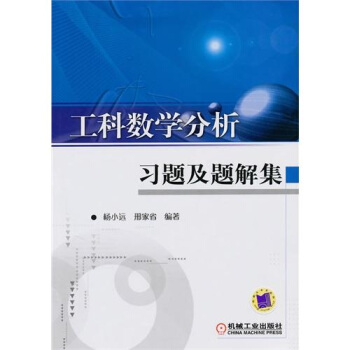



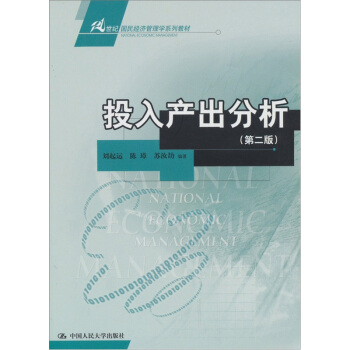
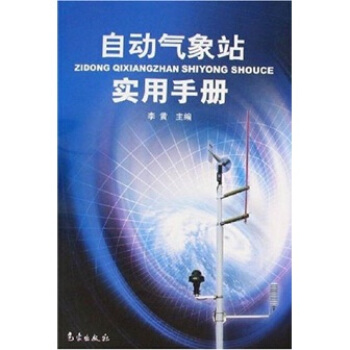


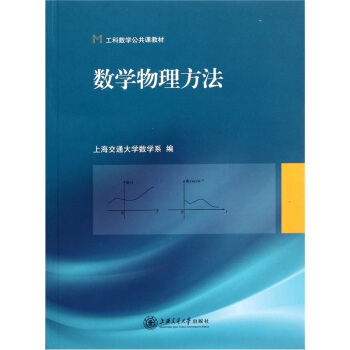

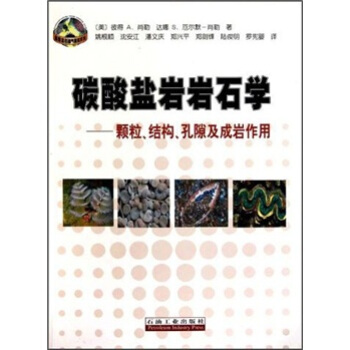
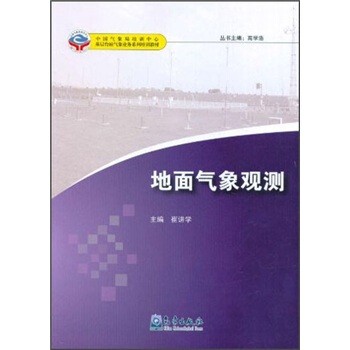
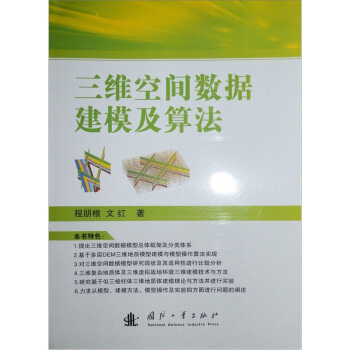
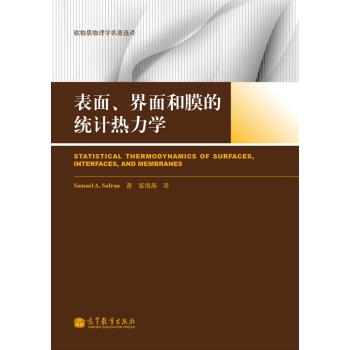
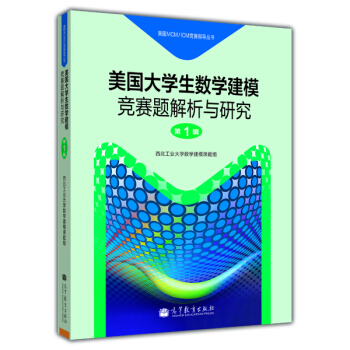

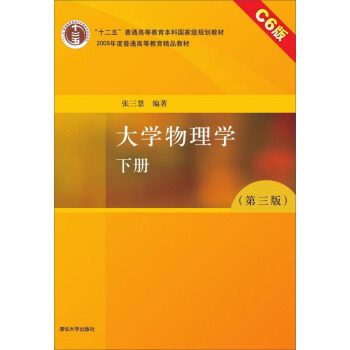

![牛津通識讀本:進化(中英雙語) [Evolution] pdf epub mobi 電子書 下載](https://pic.tinynews.org/11664853/5a141c23N54ada9e8.jpg)